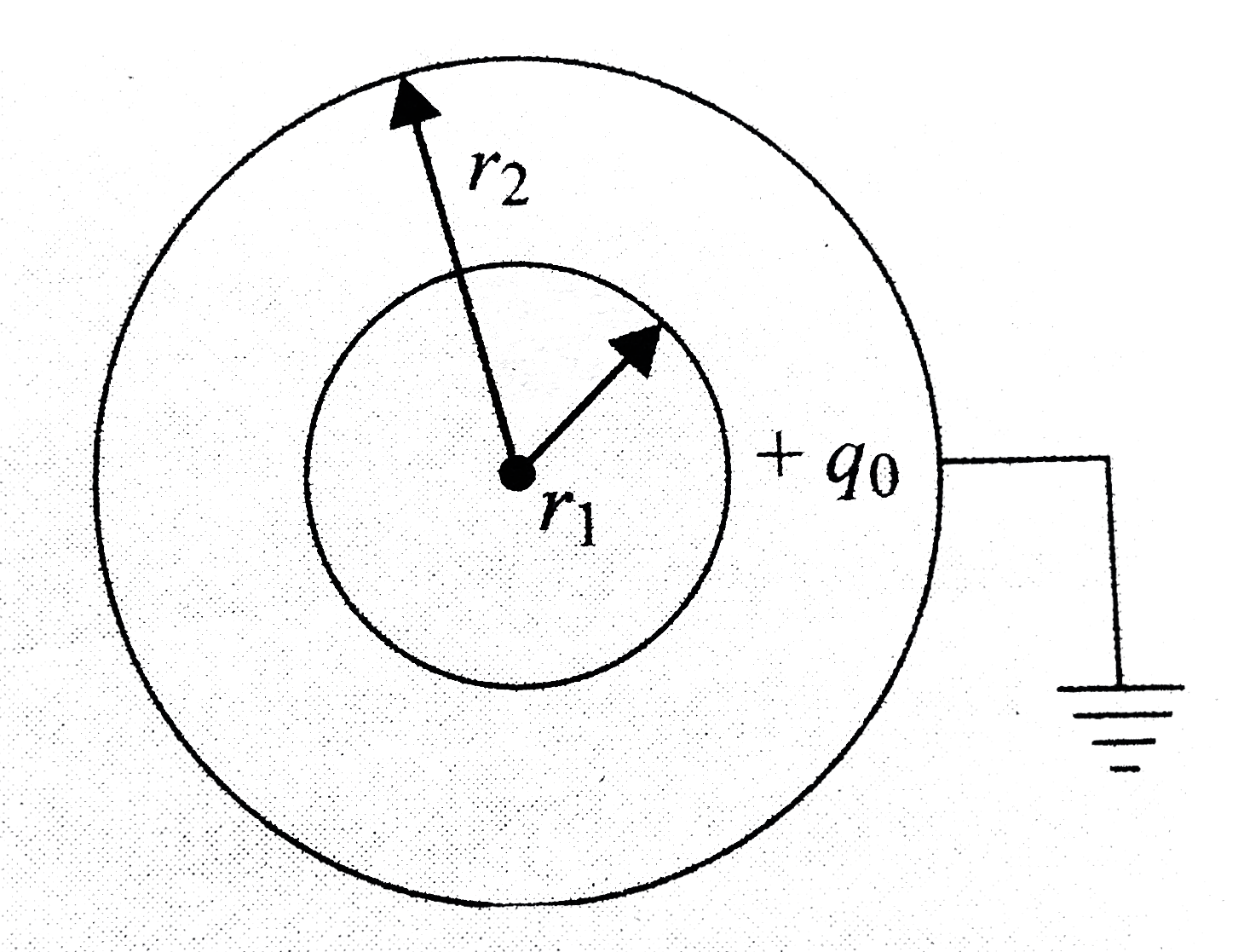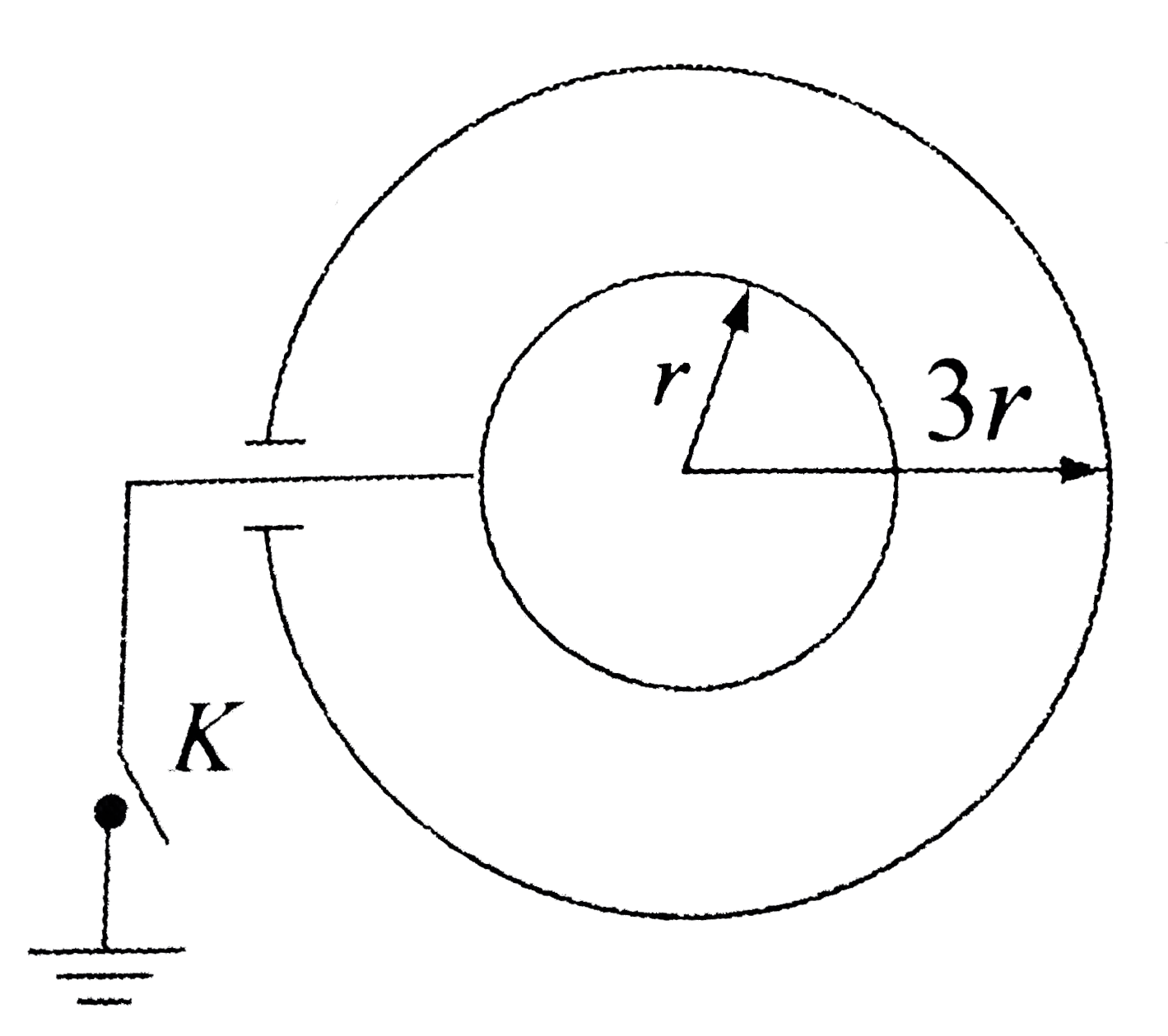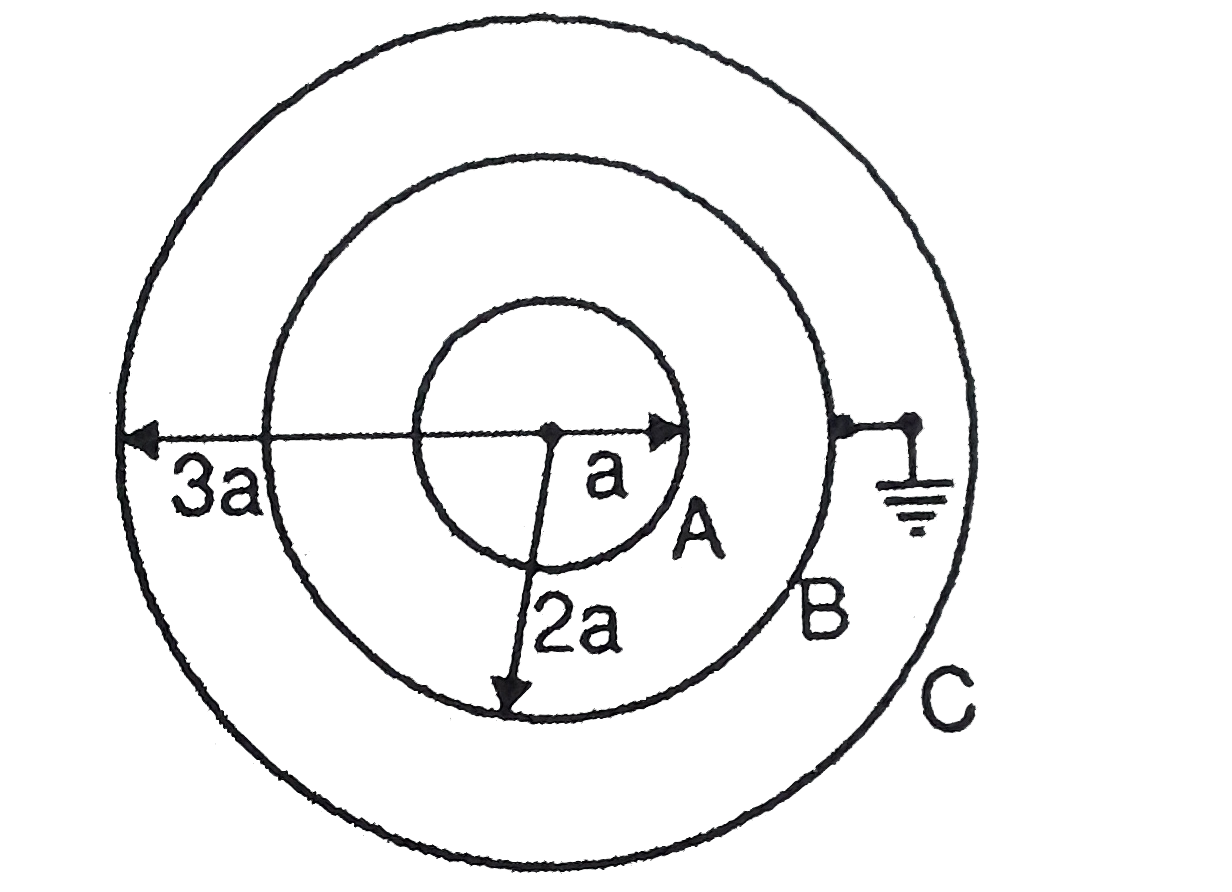The mollucan without a shell is
Sepia
Octopus
Loligo
Nautilus
The correct Answer is:B
Step-by-Step Solution:
1. Understanding Mollusca: Mollusca is a diverse group of invertebrates that typically have a soft body and may or may not possess a hard shell.
2. Function of the Shell: The shell in mollusks serves primarily as a protective structure, made mostly of calcium carbonate. It helps protect the soft body from predators and environmental hazards.
3. Identifying Shell-less Mollusks: While many mollusks have shells, some do not. Key examples of mollusks without shells include octopuses, squids, and cuttlefish.
4. Listing Examples:
- Octopus: A well-known mollusk that lacks a shell.
- Squid: Another example of a shell-less mollusk.
- Cuttlefish: Similar to squids, cuttlefish also do not have an external shell.
5. Conclusion: Based on the examples provided, the answer to the question "The mollusk without a shell is" can be concluded as octopus.
6. Final Answer: Therefore, the correct option is octopus.
---
- Octopus: A well-known mollusk that lacks a shell.
- Squid: Another example of a shell-less mollusk.
- Cuttlefish: Similar to squids, cuttlefish also do not have an external shell.
Topper's Solved these Questions
- MOLLUSCABOOK - DINESH PUBLICATION ENGLISHCHAPTER - MOLLUSCAEXERCISE - CYG
10 Videos
- MOLLUSCABOOK - DINESH PUBLICATION ENGLISHCHAPTER - MOLLUSCAEXERCISE - CYG
10 Videos
- MOLECULES OF THE CELLBOOK - DINESH PUBLICATION ENGLISHCHAPTER - MOLECULES OF THE CELLEXERCISE - CYG
43 Videos
- NO IDEABOOK - DINESH PUBLICATION ENGLISHCHAPTER - NO IDEAEXERCISE - Brain Teasers
37 Videos
Similar Questions
A gastropod without a shell is
View SolutionAn electron in hydrogen jumps to a shell in which four fold degeneracy is present , then correct about that shell is
View SolutionThere are two concentric conducting spherical shells of radii 10cm and 20cm. The outer shell is charged to a potential of 50esu while inner shell is earthed. The charge on outer shell is
View SolutionIn (Fig. 3.73), if the inner shell has charge +q0 and the outer shell is earthed, then
 .
.
i. determine the charge on the outer shell, and
ii. find the potential of the inner shell.
View SolutionFigure shows two conducting thin concentric shells of radii r and 3r. The outer shell carries charge q and the inner shell is neutral . The amount of charge that flows from the inner shell to the earth after the key K is closed is equal to (1/n)th of the charge on the outer shell. What is the value of n ?
 .
.
View SolutionThe potential of outer shell is
View SolutionStudy of (molluscan) shells is called
View SolutionThree concentric conducting spherical shells carry charges as : +4Q on the inner shell, −2Q on the middle shell and −5Q on the outer shell. The charge on the inner surface of the outer shell is
View SolutionFigure shows a system of three concentric metal shells, A, B and C with radii a, 2a and 3a respectively. Shell B is earthed and shell C is given a charge Q. Now if shell C is connected to shell A, then find the final charge on the shell B

View SolutionA charge Q is uniformly distributed on a thin spherical shell. What is the field at the centre of the shell? If a point charge is brought close to the shell, will the field at the centre change? Does your answer depend on whether the shell is conducting or nonconducting?
View Solution
